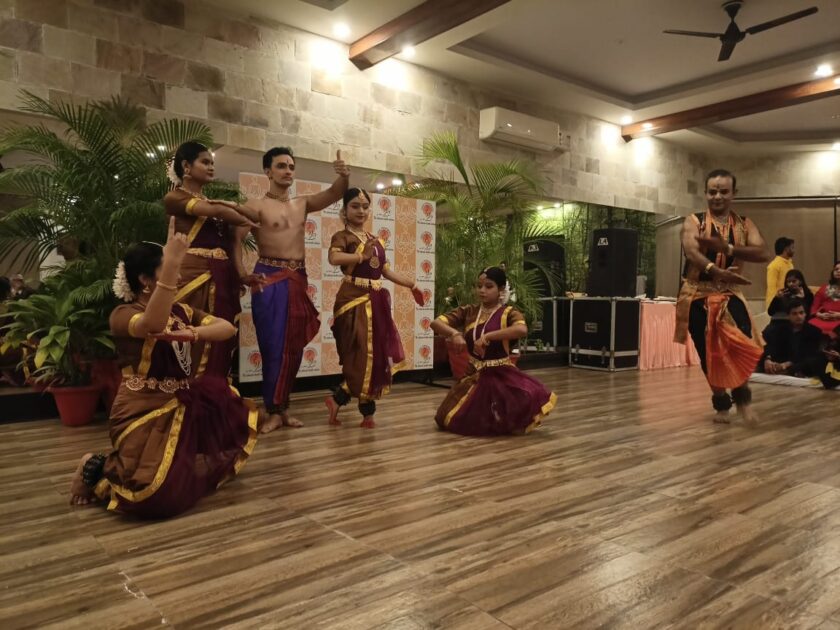New Delhi: A thick layer of toxic smog blanketed Delhi on Tuesday morning, pushing the city’s air quality into the “severe” category — just hours after Diwali celebrations. Despite the Supreme Court’s restrictions on bursting firecrackers beyond the prescribed window, residents across the capital continued late-night celebrations, worsening already poor air conditions.
According to data released by the Central Pollution Control Board (CPCB), Delhi’s Air Quality Index (AQI) stood at 359 at 11 a.m., placing it in the “very poor” category, bordering on “severe.” Earlier in the day, readings hovered between 346 and 352, indicating a consistent decline in air quality since early morning. Of the city’s 38 monitoring stations, 35 recorded “red zone” levels, denoting “very poor” to “severe” air pollution.
The CPCB’s Sameer App reported that 31 stations were in the “very poor” range, while four — Jahangirpuri (409), Wazirpur (408), Bawana (432), and Burari (405) — had slipped into the “severe” category. Visibility across several parts of the capital dropped significantly, and a thick haze lingered over major roads, causing discomfort for commuters.
Environmental activist Bhavreen Kandhari described the situation as a “wake-up call” for the capital. “Nearly every monitoring station in Delhi is now in the red zone, and the city’s AQI has crossed 300 — this is alarming. Today’s smog is not just clouding the skyline, it’s damaging our children’s lungs,” she warned. Kandhari also noted that over 70 percent of infectious disease cases in India are linked to respiratory infections, underscoring the long-term public health impact of air pollution.
The Supreme Court, in its October 15 directive, had permitted the use of green firecrackers in Delhi-NCR only between 8 p.m. and 10 p.m. on Diwali night. However, widespread violations were reported, with firecrackers continuing well past midnight.

On Monday, Delhi’s 24-hour average AQI was 345, already in the “very poor” category, with 36 out of 38 monitoring stations recording red-zone pollution levels. Experts now warn that with stagnant winds and post-festive emissions, air quality is expected to deteriorate further into the “severe” range on Tuesday and Wednesday.
As the toxic haze thickened, health officials urged residents — especially children, the elderly, and those with respiratory ailments — to stay indoors, wear N95 masks when outside, and avoid strenuous outdoor activities.
Once again, Diwali’s glow has left Delhi gasping for breath — a grim reminder of how celebration and pollution continue to collide in the national capital.





